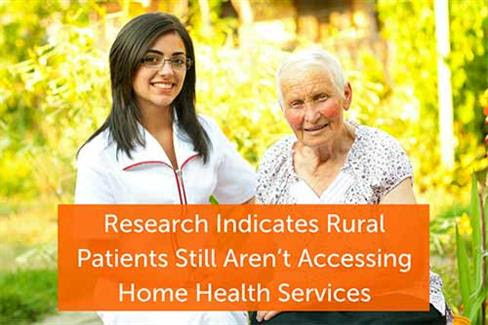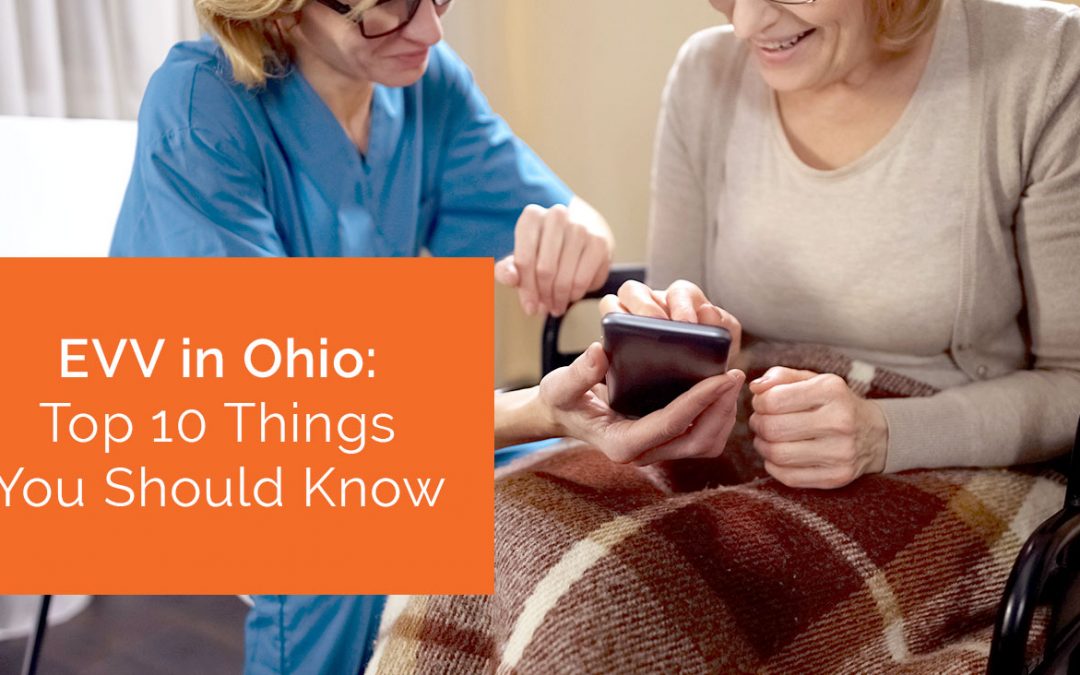There are plenty of benefits to choosing to live in more rural areas: fresh air, less traffic, lower taxes. Unfortunately, though, for all of its benefits, rural living does have some drawbacks, especially when it comes to health care. In fact, improving access to health care in rural areas has been a priority among leaders for several years, with many provisions of the Affordable Care Act aimed at improving the ability of rural residents to get the services they need.
A recent study, though, shows that those efforts may not be as effective as legislators have hoped. According to a research published in the American Journal of Managed Care, rural patients are less likely to receive post-acute care services such as home health care or a transfer to a skilled nursing facility after being discharged from the hospital. And among those who did receive post-acute care, the majority were transferred to skilled nursing facilities, increasing the overall cost of care.
A Closer Look at the Research
The AJMC study analyzed a sample of 1.56 million Medicare patients who were released from both urban and rural hospitals. Among that sample, only 12.1 percent of the patients released from rural hospitals were discharged to post-acute care, and the majority of those patients were transferred to skilled nursing facilities. Two factors seem to be the primary determinants of whether a patient receives post-acute care: the diagnosis and the proximity/availability of a skilled nursing facility nearby. Overall, patients in rural areas are far more likely to be discharged to a skilled nursing facility than to home health care services, even if their diagnosis is among the most common home health treated diagnoses.
This trend is concerning to researchers and industry experts, since the cost of a skilled nursing facility is more than four times that of home health care. The AJMC study reports that the average cost of a skilled nursing facility stay is $11,357, compared to home health care services for the same period coming in at $2,720. And considering that the national Association of Homecare and Hospice notes that patients who receive home health services have better outcomes than those receiving other types of post-acute care, it’s becoming clear that improving access to home health in rural areas needs to be a priority.
Why Rural Services Are Lacking
On the surface, the solution to rural home health access seems simple: Increase the number of home health providers in rural areas. However, the answer isn’t quite that easy.
According to a new study released by healthcare research firm The Moran Company, in conjunction with the Partnership for Quality Home Healthcare, found that on average, rural Medicare beneficiaries are not only older and poorer than their urban counterparts, but also sicker. In fact, 37 percent of rural Medicare beneficiaries receiving home health services have seven or more chronic conditions.
Unfortunately, though, it’s expensive to treat these patients. Not only are there fewer home health providers in rural areas, the costs of running an efficient agency in these areas is much higher than in other areas. Most rural home health beneficiaries live twice as far away from their providers and the nearest hospital than urban beneficiaries, and the travel cost per visit is an average of 36 percent higher than in urban areas. That increased travel time doesn’t only affect costs, either; because of the distance home health caregivers have to travel between patients, they can see fewer patients each day. This usually means hiring more staff for the agency, which further increases costs, or limiting the services that can be provided.
Easing the Burden
Much of this new research is spurred by industry efforts to encourage Congress to continue the Rural Safeguard, a 3 percent payment differential for rural home health providers designed to reduce the burdens inherent in offering services in rural areas. While this safeguard has been in place since 2000, it is set to expire on December 31, 2017, potentially leaving rural providers cash-strapped and the ability for them to deliver services in jeopardy.
In addition to protecting the Rural Safeguard payment, home health providers and industry groups are working toward improving access to services in other ways. One major barrier for many patients is Medicare’s face-to-face requirement, which requires patients to see a physician in person in order to have home health services approved. Not only is traveling to see providers a burden for many, in many rural areas nurse practitioners and physician assistants provide the majority of primary care. These providers are not allowed to sign orders for home health care, though, creating a barrier for many patients. As a result, lawmakers and the home health industry are lobbying for change that would either eliminate the face-to-face requirement or allow NPs and PAs to sign orders.
Home health care is proven to reduce the costs of care and improve outcomes. It’s important that increasing access in rural areas become a priority, so as to better serve some of the country’s most vulnerable patients. To learn more about software and management solutions that can help rural agencies run more efficiently and serve more patients, check out Complia Health’s array of options here.




